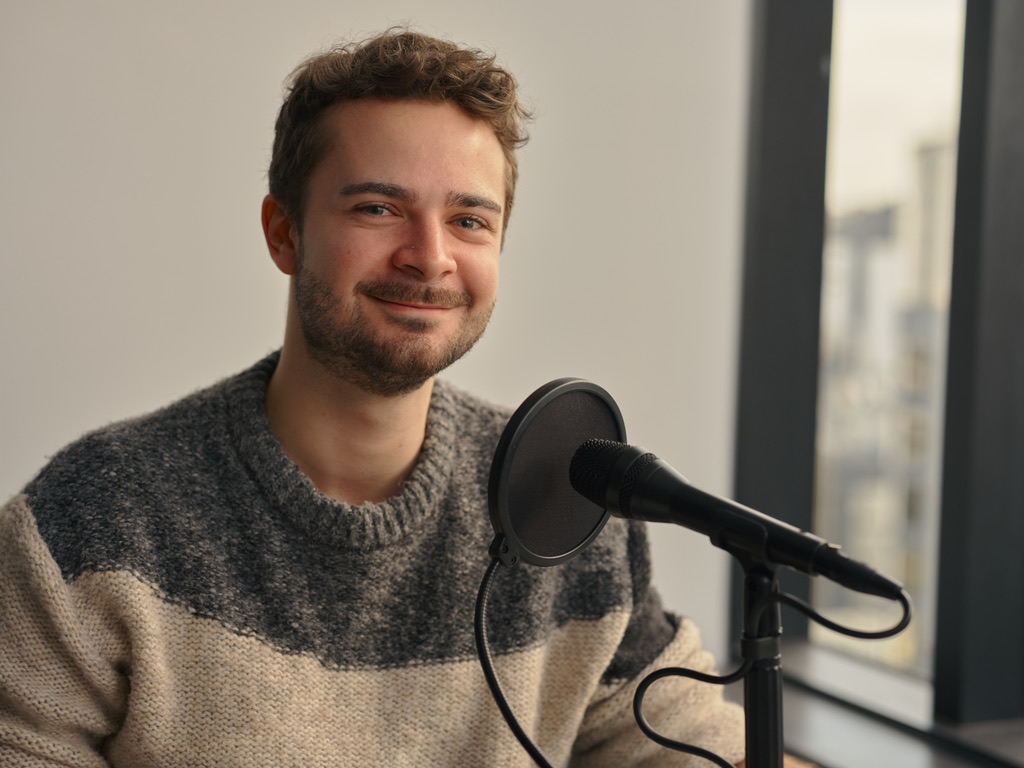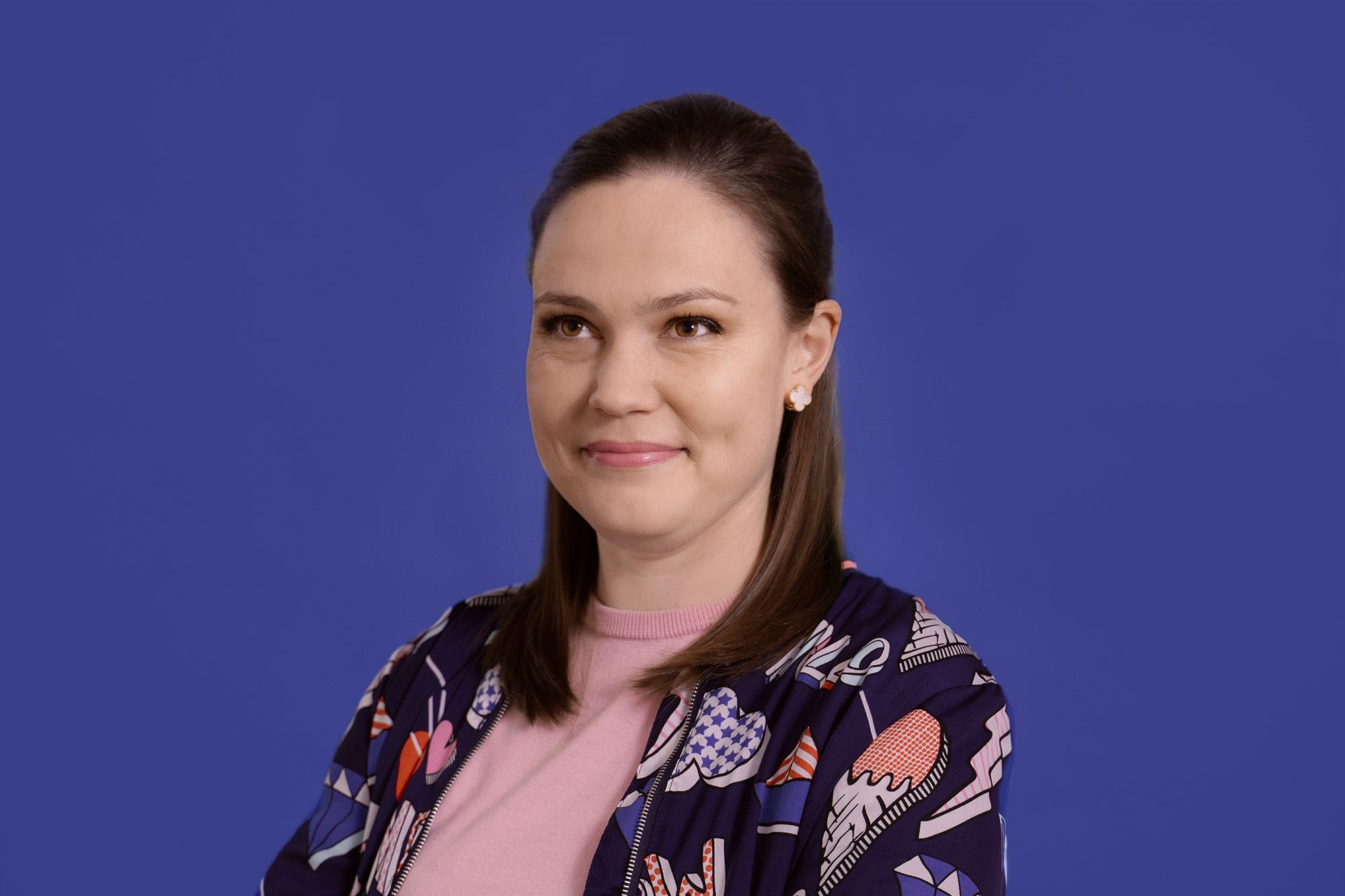Deaf Aotearoa is a national organisation that provides services and support to New Zealand’s Deaf community. One of its essential teams is the NZSL and Information Resources Team, which is responsible for ensuring the Deaf community has access to information. Daniel, the Team Leader for Sign Language and Information Resources, shared some insights with Able’s Communications Intern, Gabriella Evans, into how the team distributes information to the wider Deaf community, the challenges they face, and how they stay up-to-date with the constantly evolving stream of social media platforms. Additionally, he gave us a glimpse into the process of how the team translates and distributes critical information from the government to the Deaf community.
Thank you for meeting with me today. If you can, could you tell me a bit about yourself, your role, and what you do?
Kia ora, my name is Daniel. I work at Deaf Aotearoa’s Lower Hutt office. I’m the Team Leader for Sign Language and Information Resources Team.
We are responsible for the Deaf Aotearoa website, social media, communicating with the Deaf community and making sure they have access to information. We develop resources such as First Signs resources for deaf children learning NZSL, as they often have hearing parents who don’t know any sign language. They tend to only know English or their native language and are not deaf themselves. Lots of deaf children have hearing parents, so we develop resources for them.
Deaf Aotearoa also has an Employment Service and Hauora Service. They ask us to develop resources for their workshops and other things they need.
Thank you for explaining that. I want to ask; how do you distribute information out to the wider Deaf community? What are some of the challenges that come with doing that? How do you modify the information so that it can be easily understood by the wider Deaf community? I know there’s already NZSL videos out there but some Deaf people – often older Deaf people – aren’t comfortable using social media or the internet. What are the challenges that come with those situations and how do you change that from something negative into a positive?
The Deaf community is quite diverse and broad, there are young people as well as older people. Some have access to social media and the internet through mobile phones, others don’t have a mobile phone. They prefer to use a laptop or PC at home. Some don’t have either, meaning they tend to visit their local Deaf Aotearoa office and use the community computer. Or they visit a public library and use computers there. And some don’t use computers at all. It can sometimes be difficult to connect with those who don’t use computers and provide them with information. It’s a similar situation with social media – some people use Facebook, some use Twitter, and others don’t use any social media at all. Some use email only.
The NZSL and Information Resources Team gets around this by not focusing on one single social media platform or way of communication – we use a wide range of social media platforms and ways of communicating to provide information to as many people as possible. Some of the social media platforms and communication methods we use are Facebook, Instagram, Twitter, and the Deaf Aotearoa website which people can visit for news updates.
Deaf Aotearoa recently joined TikTok which is very popular with young people today. We need to ensure that young Deaf people who use TikTok are receiving information from Deaf Aotearoa in NZSL like we do for other social media platforms.
It’s interesting that you’ve talked about TikTok – can you share your thoughts about the constantly evolving stream of new social media platforms and how Deaf Aotearoa keeps up with it all?
Deaf Aotearoa has recently employed a new staff member and one of the skills they have which is of benefit to us is that they know how to use TikTok quite well. Our team is always looking for professional development opportunities, workshops, and training. These help the team to know the right way to use social media platforms as best as we can. It’s important to ensure the Deaf community has access to information we provide or pass on using their preferred form of access, whether that be email or social media. Deaf Aotearoa regularly modifies our own use of social media and distribution of information to fit the needs of the Deaf community.
We also develop brochures for our resources and work with other teams within Deaf Aotearoa, particularly for NZSL week. Our team ensures that they have the resources they need. These resources range from things like posters to added information and videos for NZSL Week on the Deaf Aotearoa website. We provide all of those things and support the NZSL Week Team to ensure that their event goes smoothly and is successful.
There is also the NZSL Translation Team who we work with. The NZSL Translation Team works with the government. If the government has information they need to pass on to all New Zealanders – not just Deaf people – all New Zealanders which includes Deaf, Deafblind, Blind and low-vision people. Everyone in society. The Deaf community is part of society. The NZSL Translation Team film and edit then pass on the video translation to us, the NZSL Information and Resources Team. We then upload the video to the Deaf Aotearoa website. We also put the video onto the social media platforms Deaf Aotearoa are on to ensure everyone has access to information.
I remember seeing some of the NZSL videos through the COVID lockdowns and cyclones we’ve had recently. I want to ask; if there’s breaking news or any other information from the government that must be provided immediately, how is that done? What’s the process? How do you edit, film, and then post the video in such a short amount of time so the Deaf community can access that information?
The NZSL Translation Team meets with government departments twice a week in a group called the Alternative Formats Group. Within this group, there’s the NZSL Translation Team from Deaf Aotearoa as well as adaptations made by another organisation such as large print, audio description, and Braille for those who are blind or low-vision. Another service provider is People First who make Easy Read documents.
Some of the government organisations are the DIA, MSD, and Ministry of Health. They come to the meetings and provide the Alternate Formats Group with information we need to share with our communities. One of the ways to do this is by giving us documents, which are often several pages or simply half a page long. We respond to the government departments with advice about the information they provide or let them know we are going ahead and translating the information. Sometimes we let them know we have to modify the information to make it more accessible for the Deaf community.
An example of a modification could be that we receive information that says “In an emergency, call 111”. We then advise the government department that we’re happy to distribute the information but we need to change it to “In an emergency, text 111” to fit Deaf people’s access needs. Most of the time when we advise about modifying something like that, the government departments accept the changes without issue. Other times when we give advice, sometimes we recommend that an official/governmental email address be included with the information, not just a phone number. They normally understand and provide us with an email address to add to the information we share with the Deaf community. Email is easy to access as opposed to having a hearing person to call on behalf of the Deaf person which can be difficult for everyone involved.
We try to translate information into NZSL as quickly as we can. With things like the recent cyclones or a major disaster, we’ll put all non-urgent work on hold and focus solely on sending out the urgent information in NZSL.





